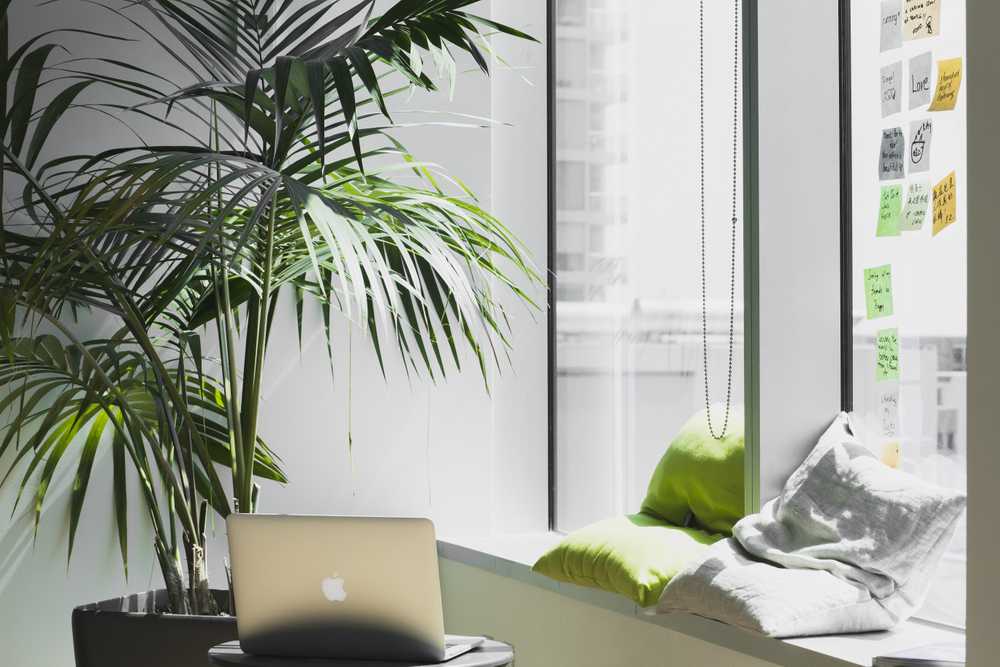Flex Office: The Trend That Came to Revolutionize the Workplace
June 22, 2020 • Written by Helena Montenegro
The digital era that we’re going through has brought new concepts and possibilities to the working place. With practices becoming more digital, with the existence of devices such as laptops and smart phones, work can be done from anywhere. Taking advantage of this fact, companies have started to establish new ways of organizing work, allowing employees to occasionally work from home and creating open spaces filled with individual working spaces and meeting rooms that are accessible to all employees upon reservation. Thus, the flex office trend was created and quickly started being adopted all over the world.
In a flex office, employees can choose where to work each day, according to their needs. This concept is quite eye-catching for companies, as it allows flexibility and agility in the workplace. By allowing employees to telework occasionally and not having assigned desks, the number of resources such as working stations that need to exist in the workplace decreases, reducing costs. On top of that, this concept gives more freedom to the employees, breaking the monotony in always having to work in the same place every day, and allows for them to connect with different people each day, encouraging collaboration in the office and increasing productivity.
The flex office brings, this way, many advantages to companies, which is the reason why it has become a rising trend in companies all over the world. However, the adoption of this concept also brings some difficulties. If the office is almost full at a time, it might be difficult to find an available working station from the point of view of a collaborator, who might have to walk around the whole office, in the time-losing and frustrating task of finding a seat.
This is where Seats comes into the picture. Seats is a mobile app that allows the employees to see where available seats are in an office, simply by looking at its map. There is no longer a need for employees to waste time looking for a seat. On top of this, Seats provides information to managers about seating arrangements, which allows them to improve the layout of the open space as well as the use of resources, contributing to a reduction in the office costs.
Seats enhances this way the concept of flex office. With the help of Seats, companies can fully enjoy all the advantages that the flex office brings and create a flexible and agile work environment, that accommodates its employees’ needs.
